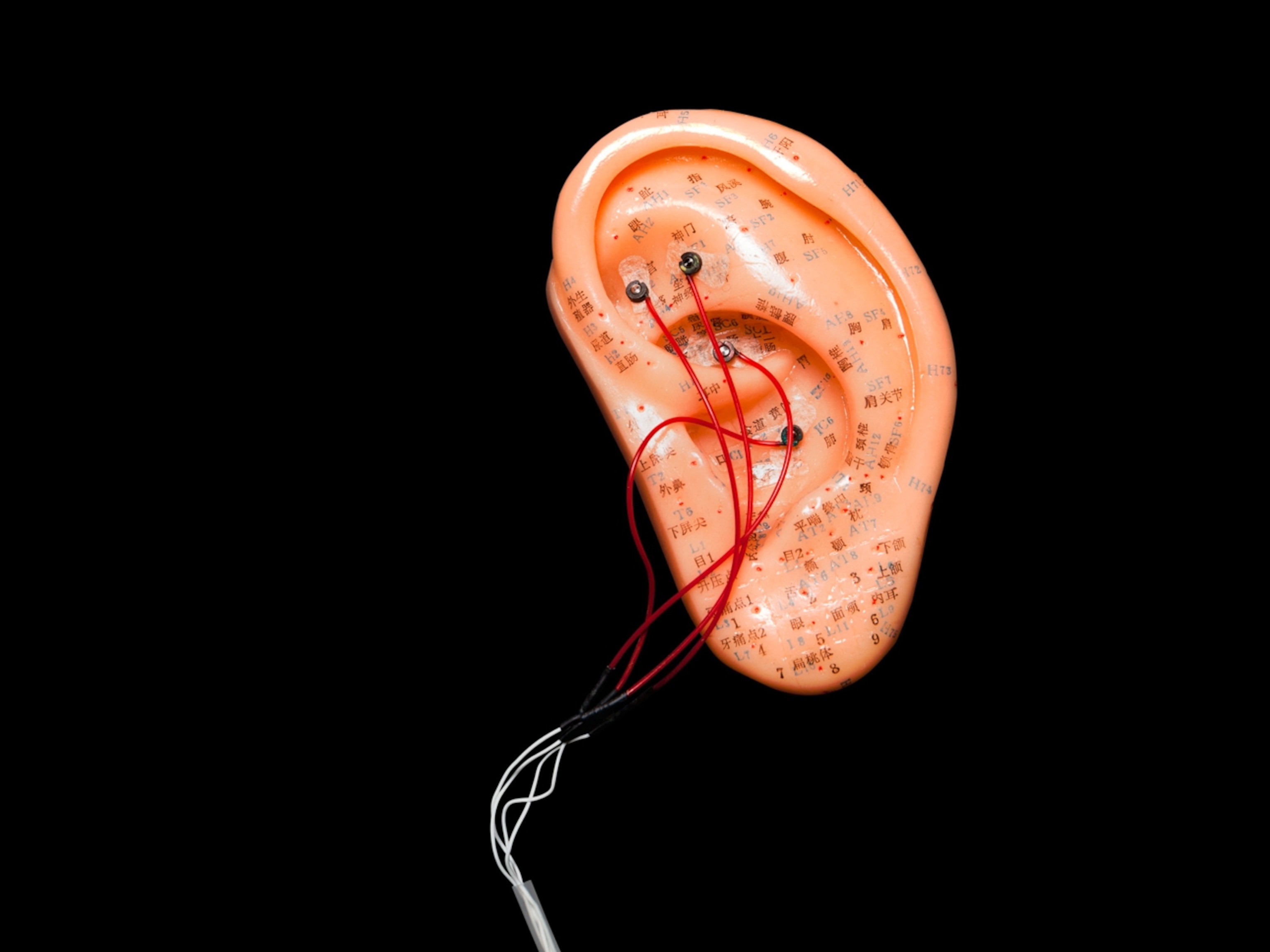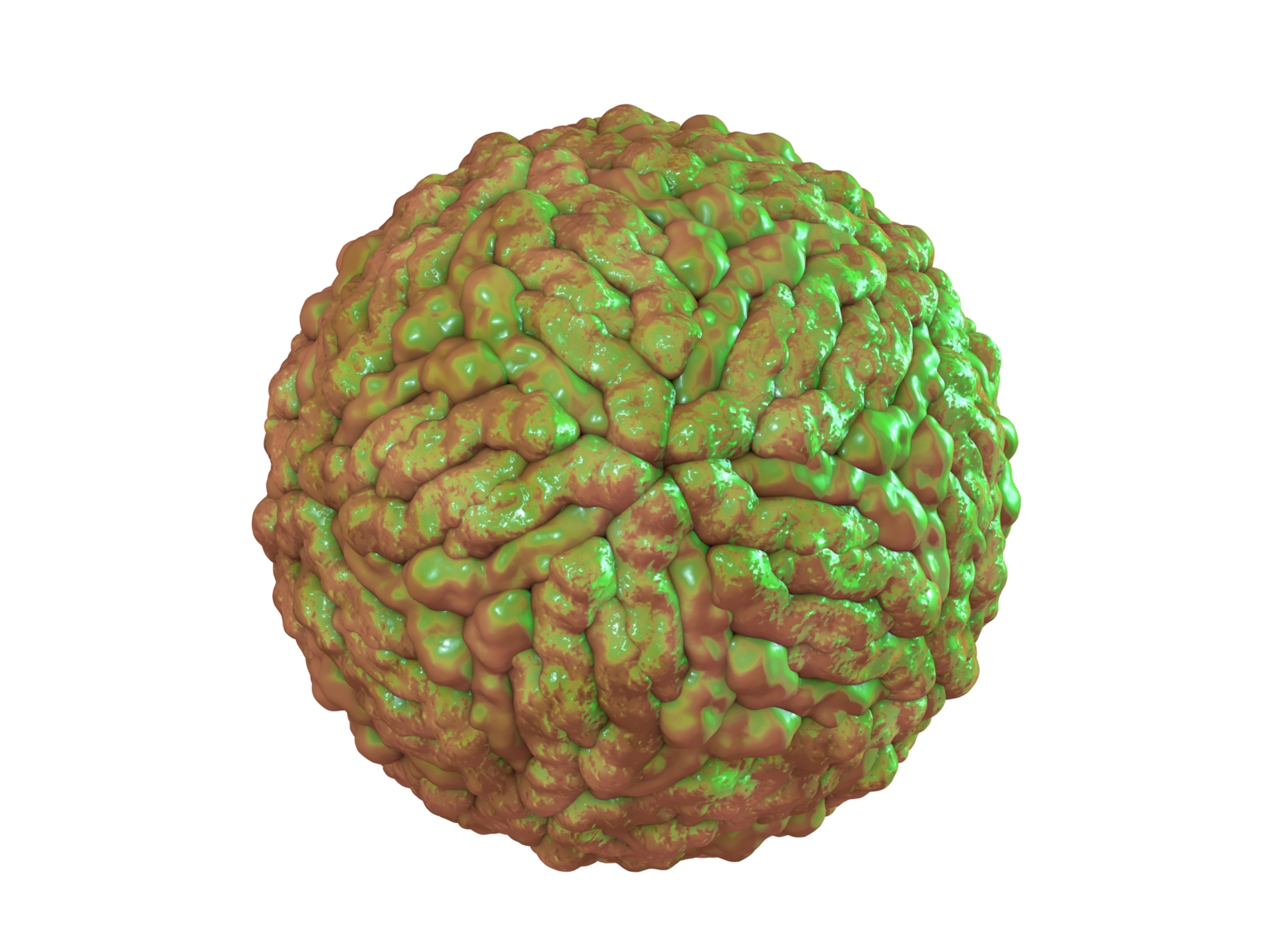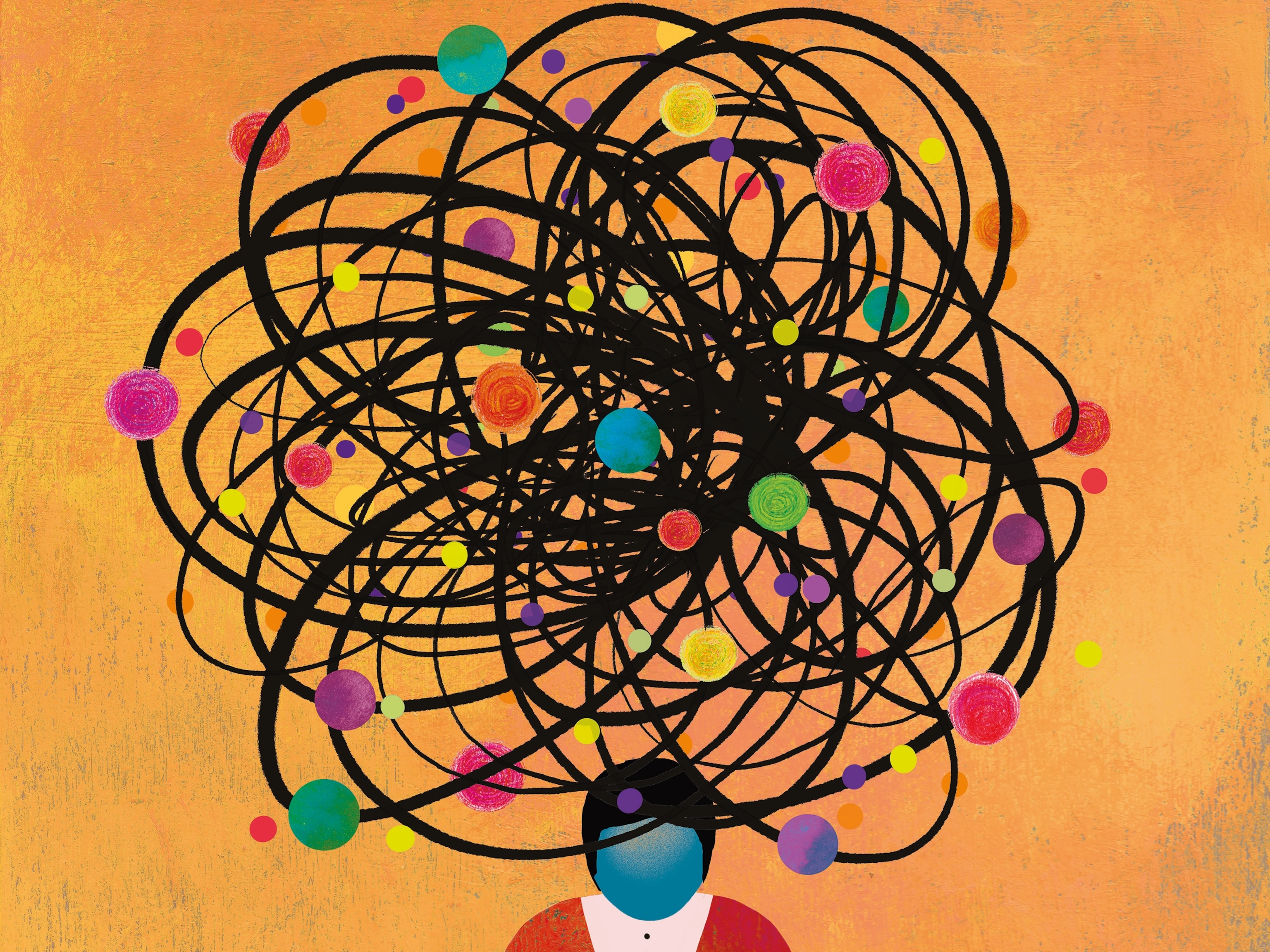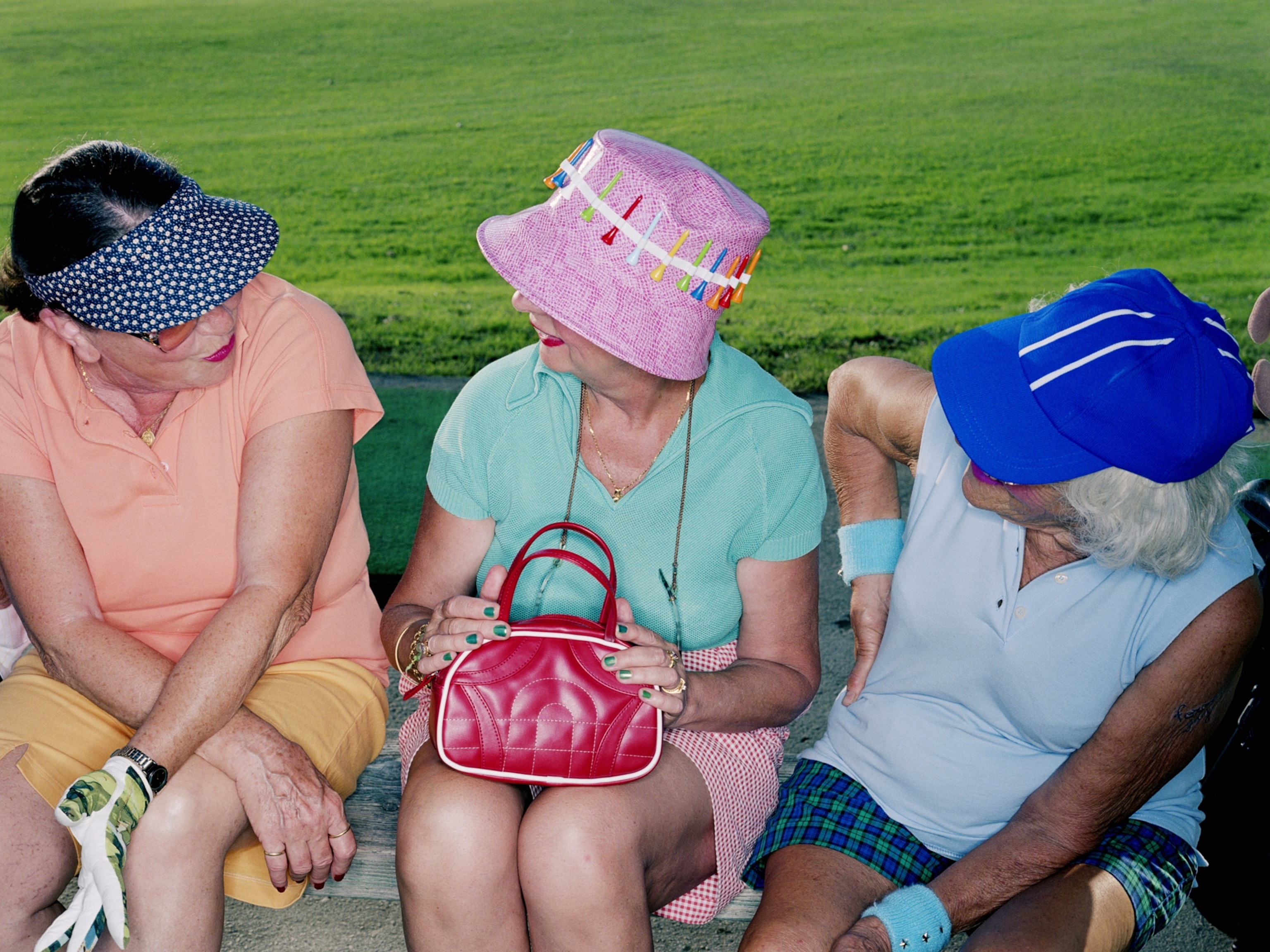'Feeling' Recreated in Amputees' Robotic Arms—Here's How
The discovery may help amputees feel more control over their artificial limbs.
When it comes to moving your limbs, you don’t need to see to believe. Intuitively, you know where your limbs are, as well as the positions they’re making.
This kind of awareness, called kinesthesia, is missing from prosthetic limbs—especially advanced, motorized ones. But a new study published in Science Translational Medicine lays out how a sense of self can be extended to prostheses, through cleverly crafted illusions.
“By restoring the intuitive feeling of limb movement—the sensation of opening and closing your hand—we are able to blur the lines between what the patients' brains perceived as 'self' versus 'machine',” said Paul Marasco, director of the Cleveland Clinic’s Laboratory for Bionic Integration, in a statement.
How can scientists restore intuitive feeling to a missing limb? A well-placed buzz. In able-bodied people, scientists have long documented that vibrating limb tendons create the illusion of moving or rotating the limb. One 1977 study found that the illusion is so powerful, people can be tricked into thinking that their wrists are bent at impossible angles.
To find out whether similar vibrations would work with artificial limbs, Marasco’s team partnered with six amputees who also had undergone surgery to rewire their amputated arms’ remaining nerves. This procedure, which directs these nerves to nearby muscles, lets the patients intuitively control robotic arms.
First, researchers used a hand-held tool to vibrate the areas innervated by the missing limbs’ nerves. At the same time, they asked the patients to mimic with their remaining hand the gesture they felt their missing hand was making. To the researchers’ surprise, the patients reported feeling a total of 22 different gestures in their missing hands—all illusions created with vibrations.
“We thought that if it worked like it did in an able-bodied person, we’d just get one or two joints; we’d get a wrist—something basic,” Marasco said in an interview with Gizmodo. “But what we found were these complex, multi-digit synergies where the whole hand is moving and they know where their fingers are going and what they’re doing, and they’re adopting these really interesting grip conformations. We were totally floored.”
In later experiments with three of the patients, Marasco’s team showed that these illusions could act as feedback cues. Sensors above the patients’ rewired skin and muscles detected when the missing limb nerves fired, triggering movement of the robotic arm. What’s more, the researchers built a module that could vibrate the rewired patches of skin and muscle in specific patterns, depending on the gestures the robotic arm was making.
Within minutes, the three patients improved their control over the robotic arm—and reported feeling a greater sense of agency over their robotic limbs, as well.
Marasco says that further work will need to integrate more sensations, such as touch, into the experience. What’s more, he and his co-authors acknowledge the need to test their results with larger numbers of patients.
"The ultimate goal of our research is to use movement sensation to streamline the relationship between patients and their technology, to better integrate their prosthetics as a natural part of themselves," Marasco said in a statement.





